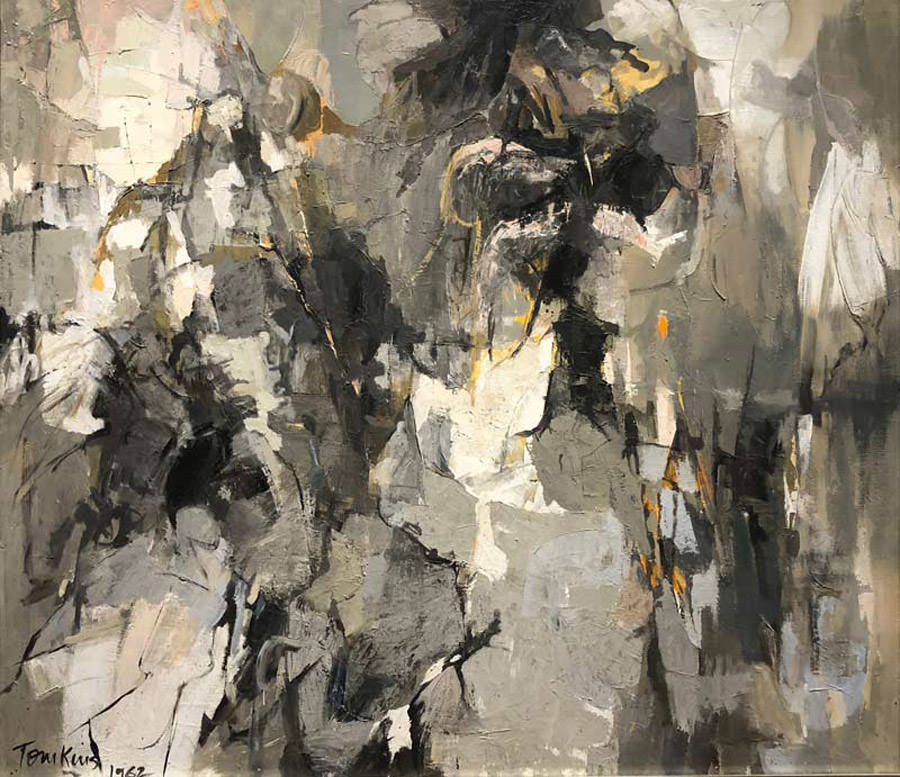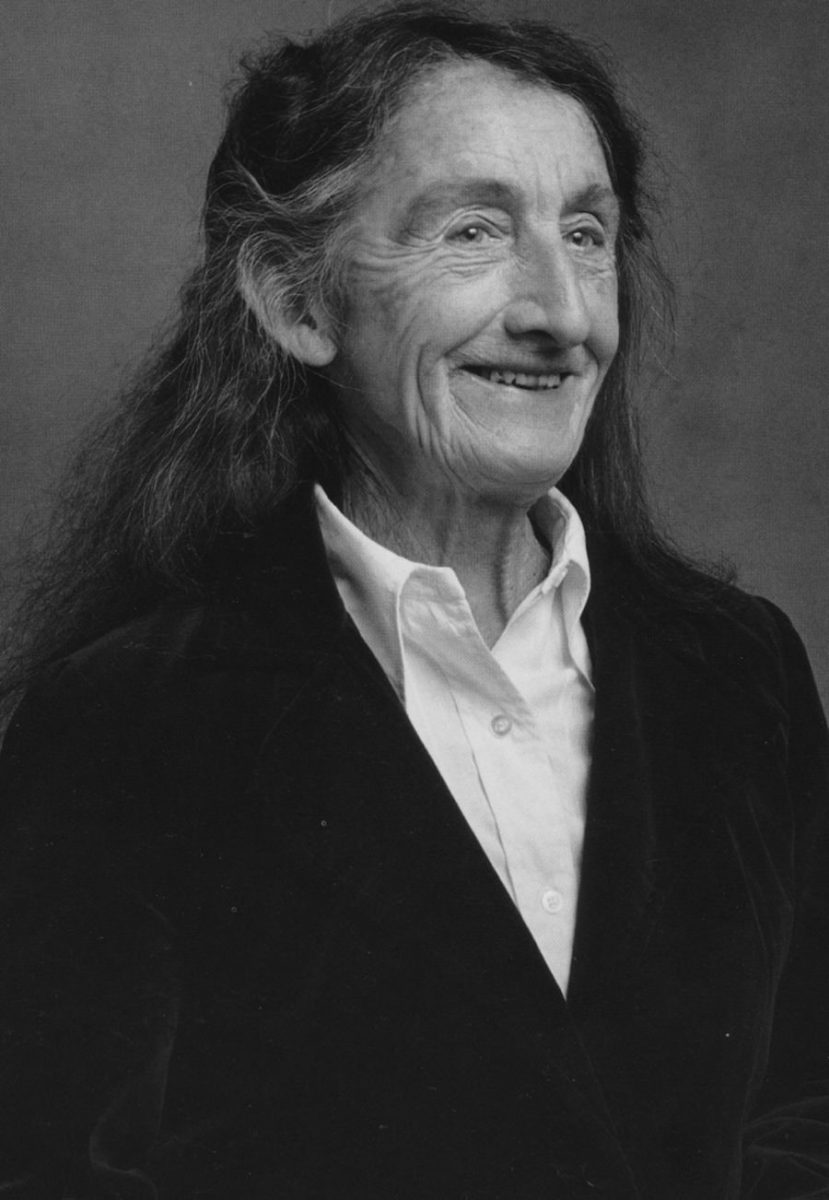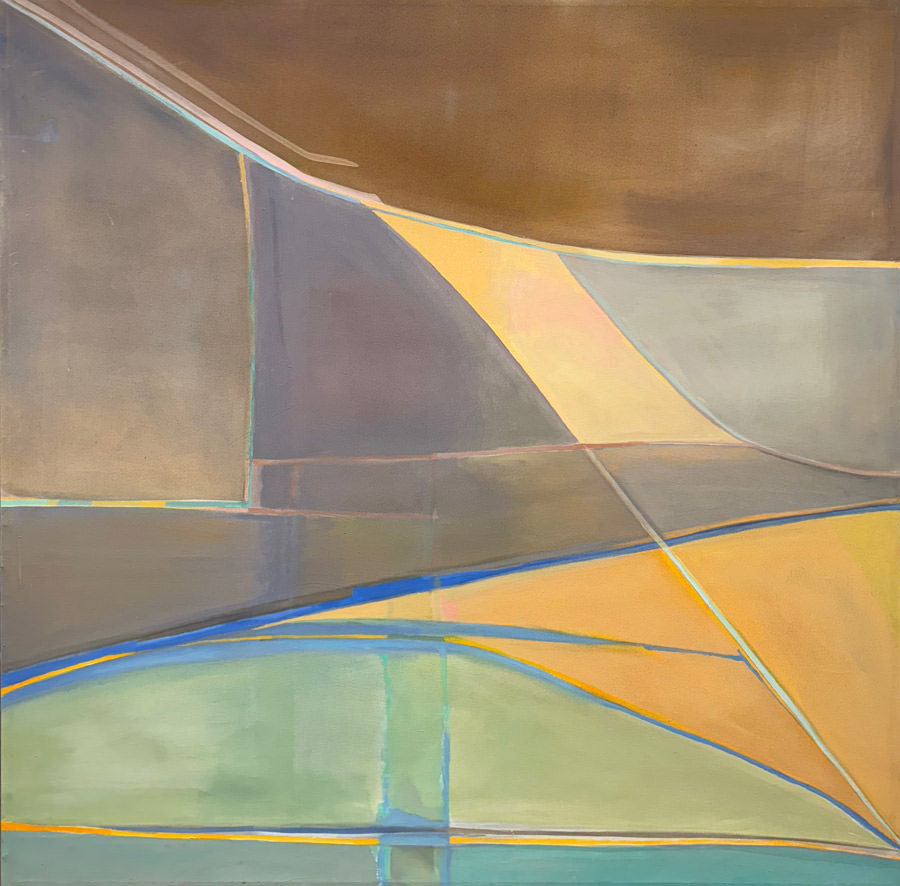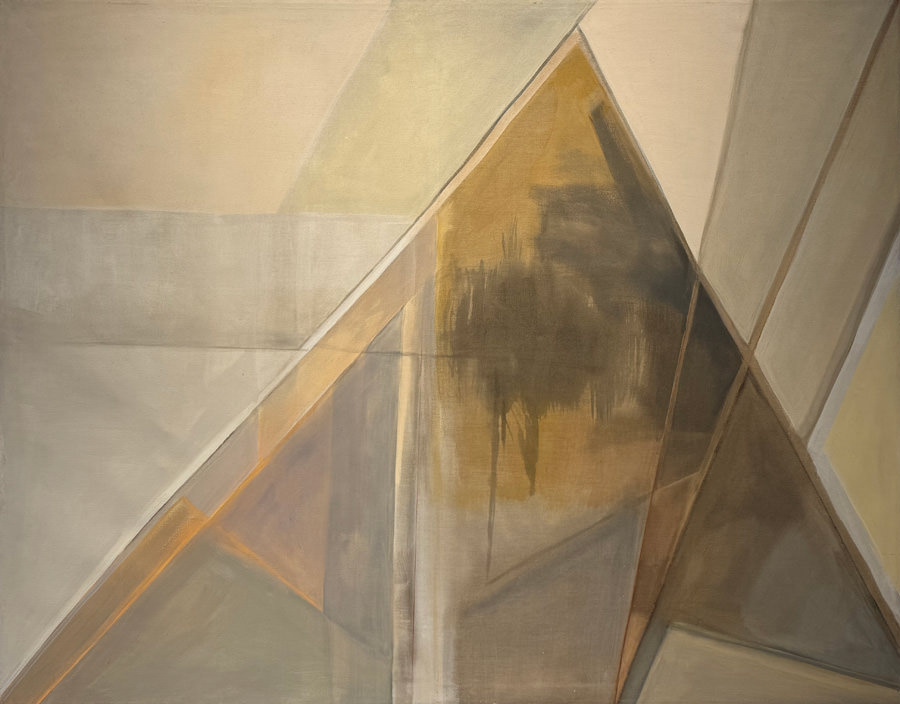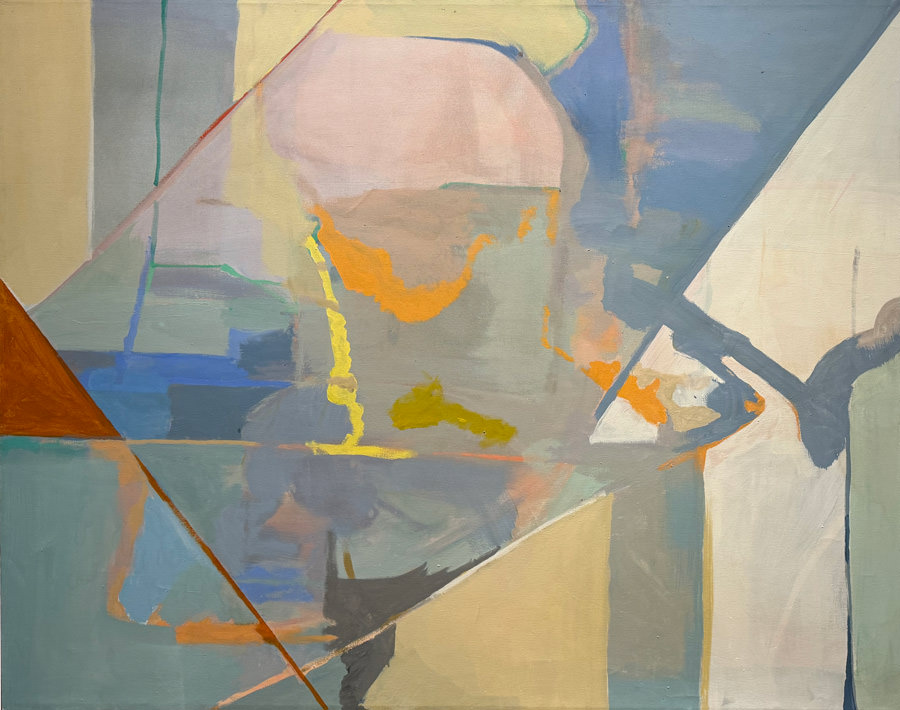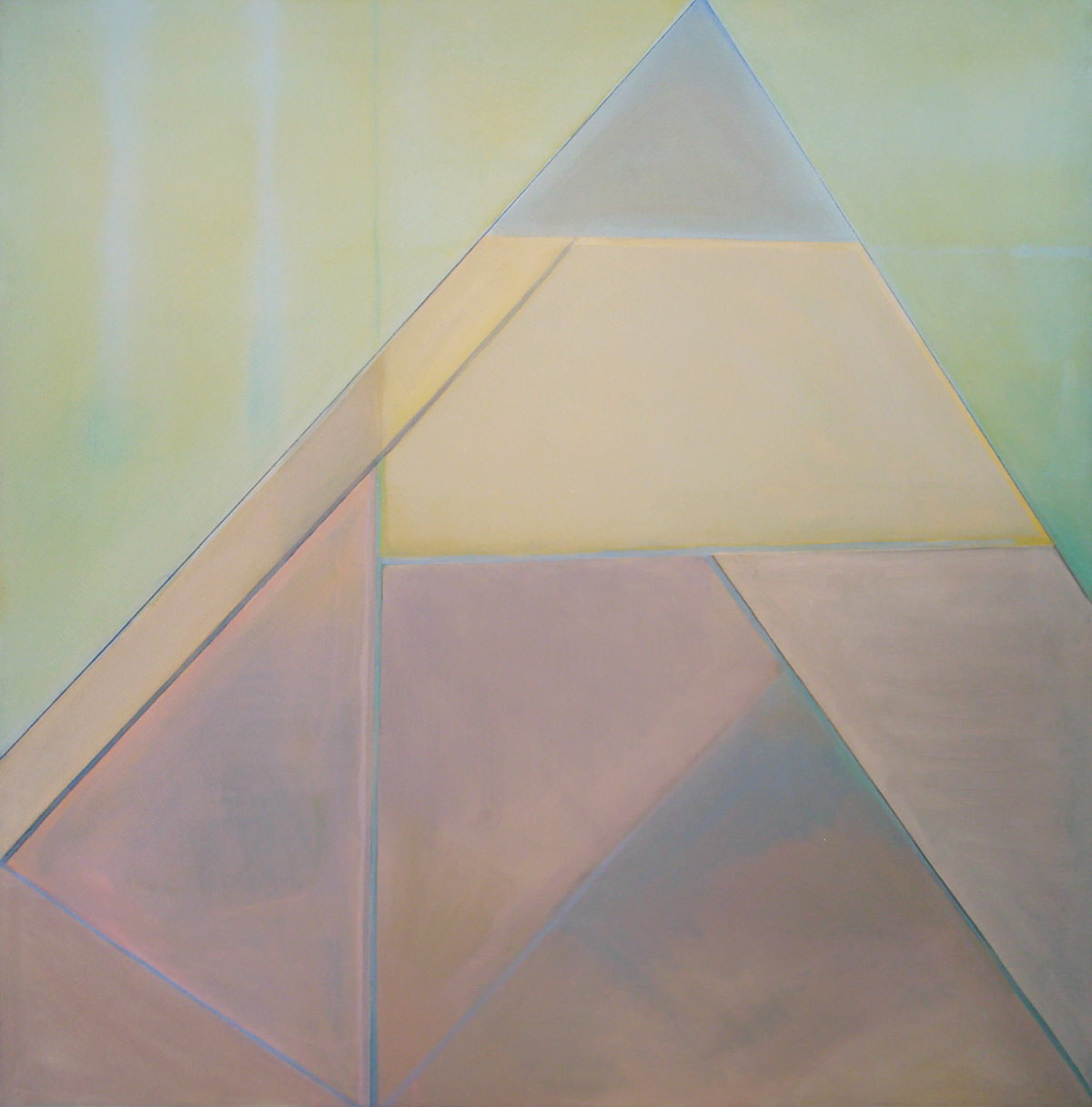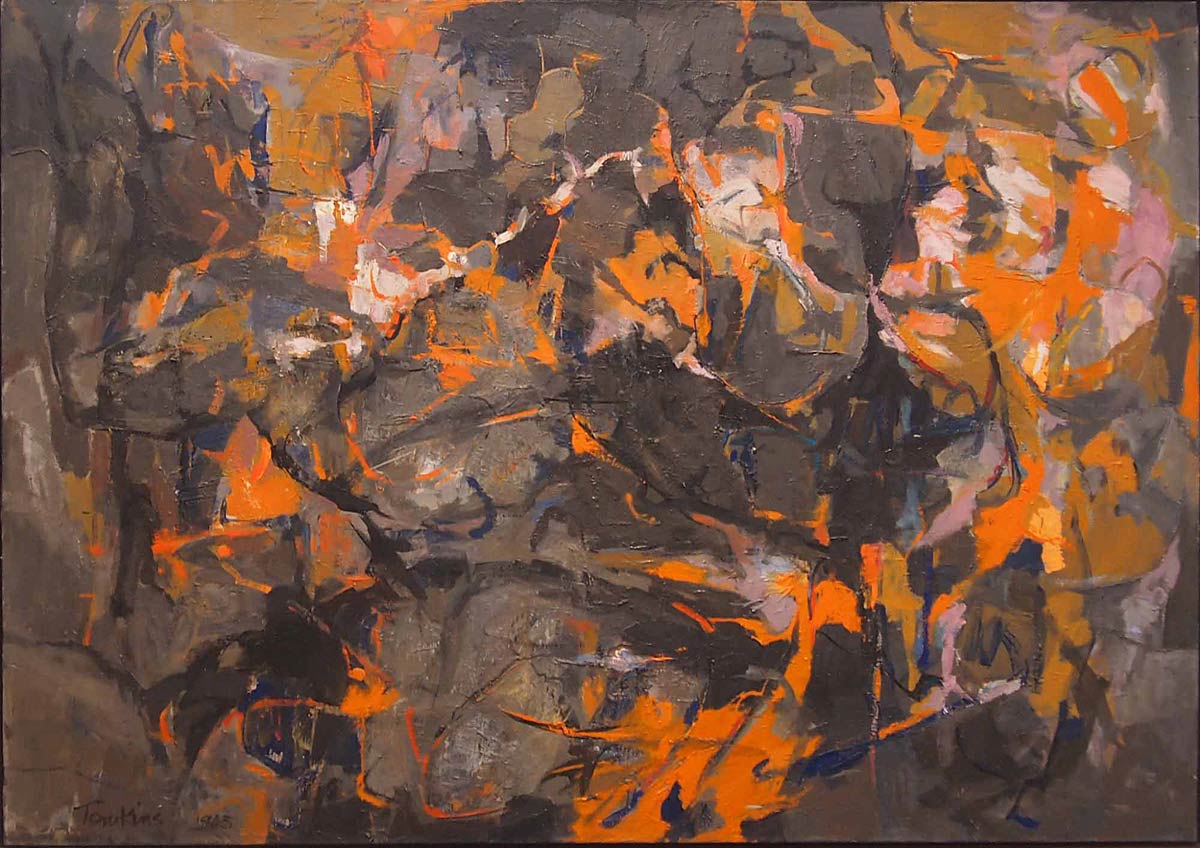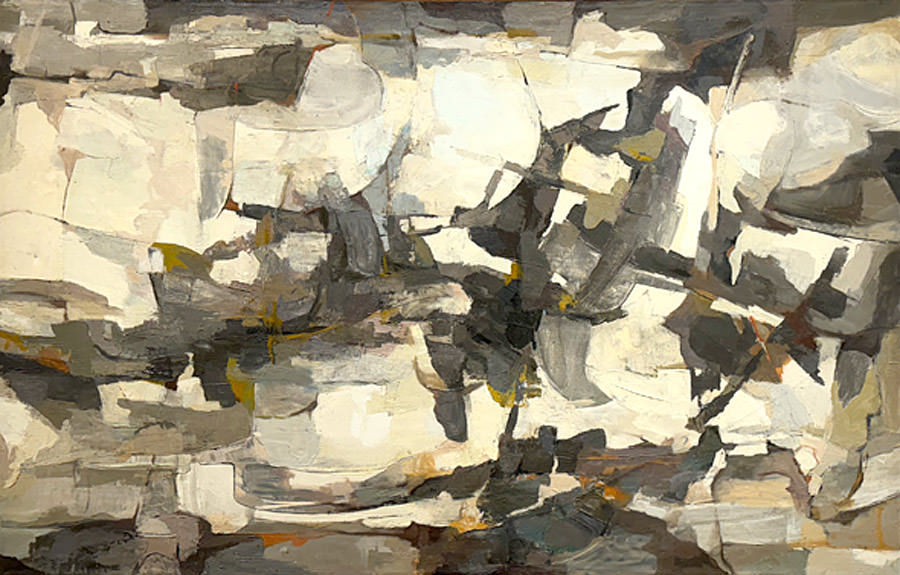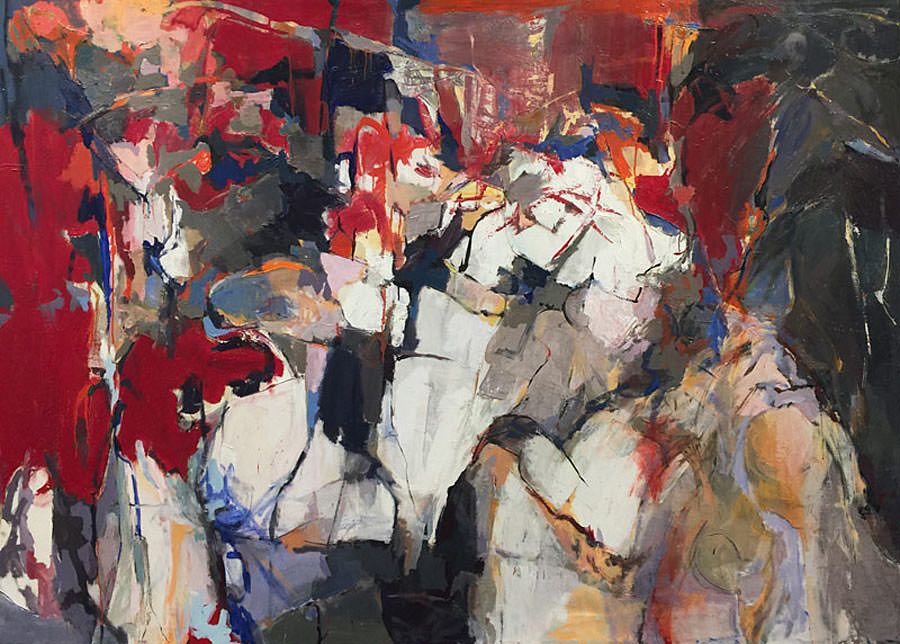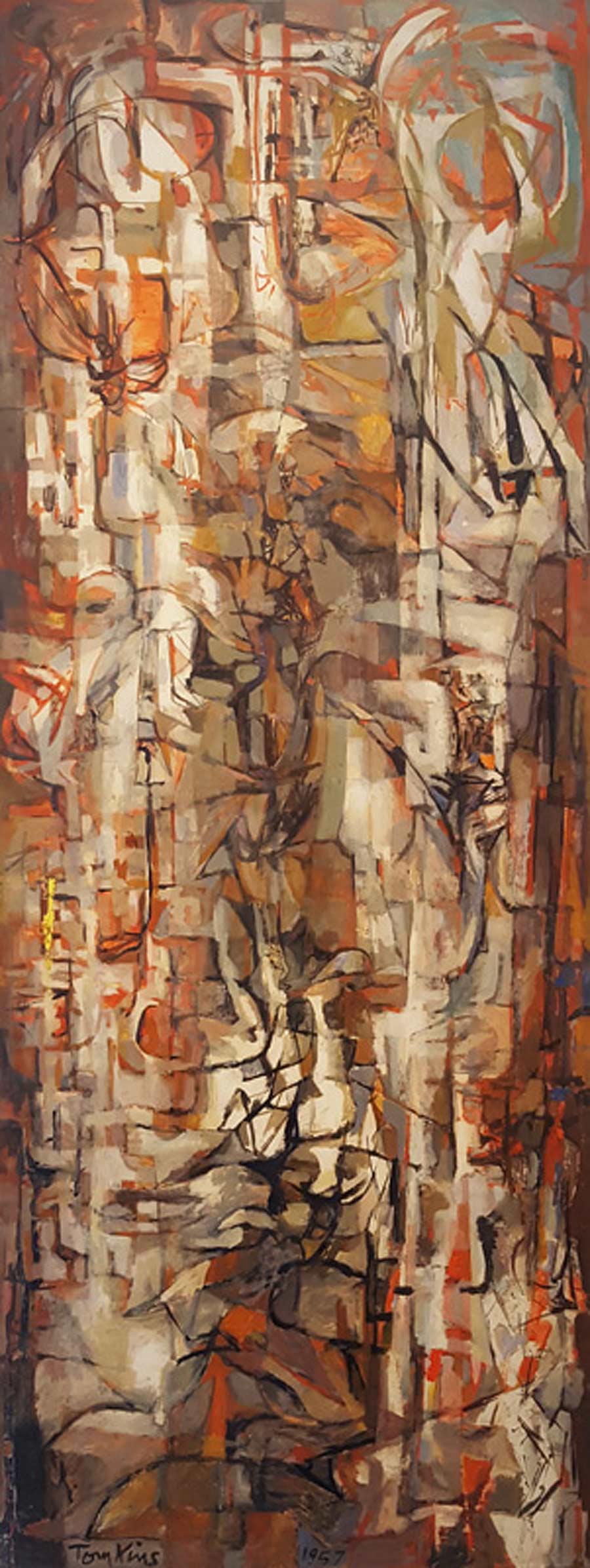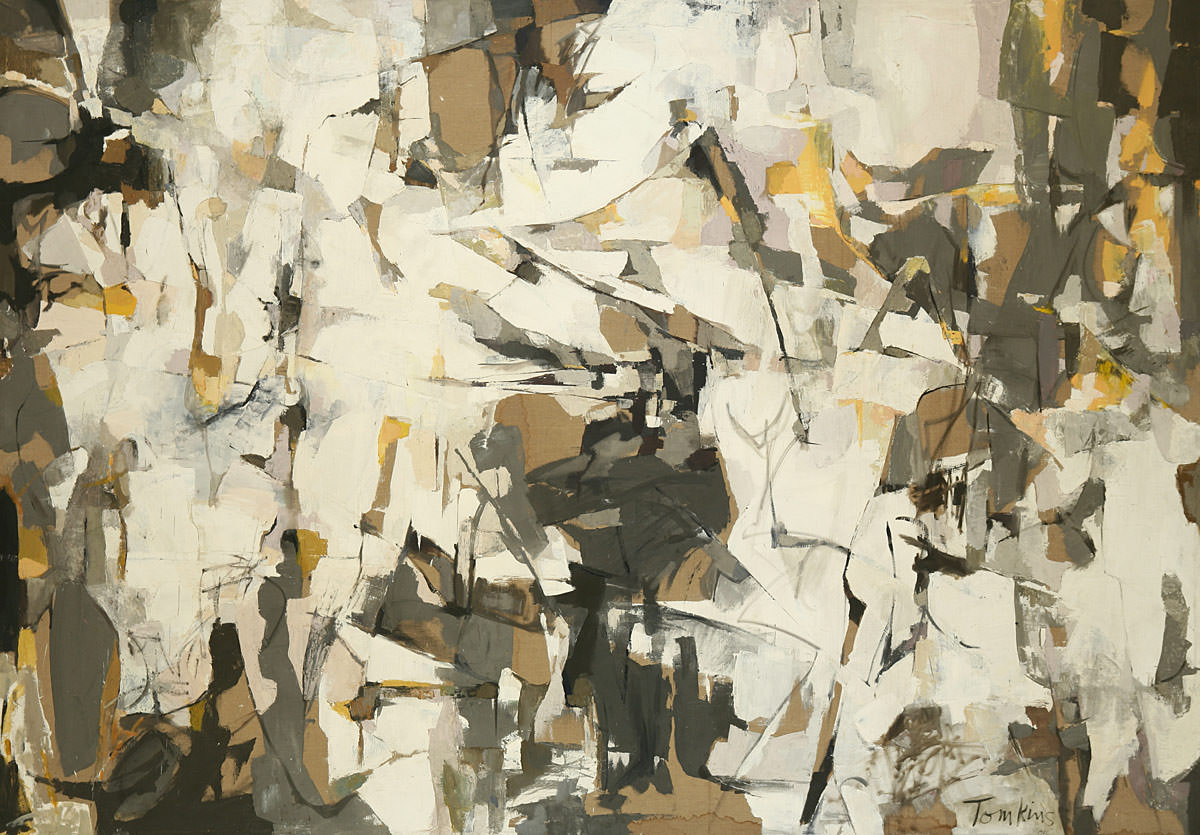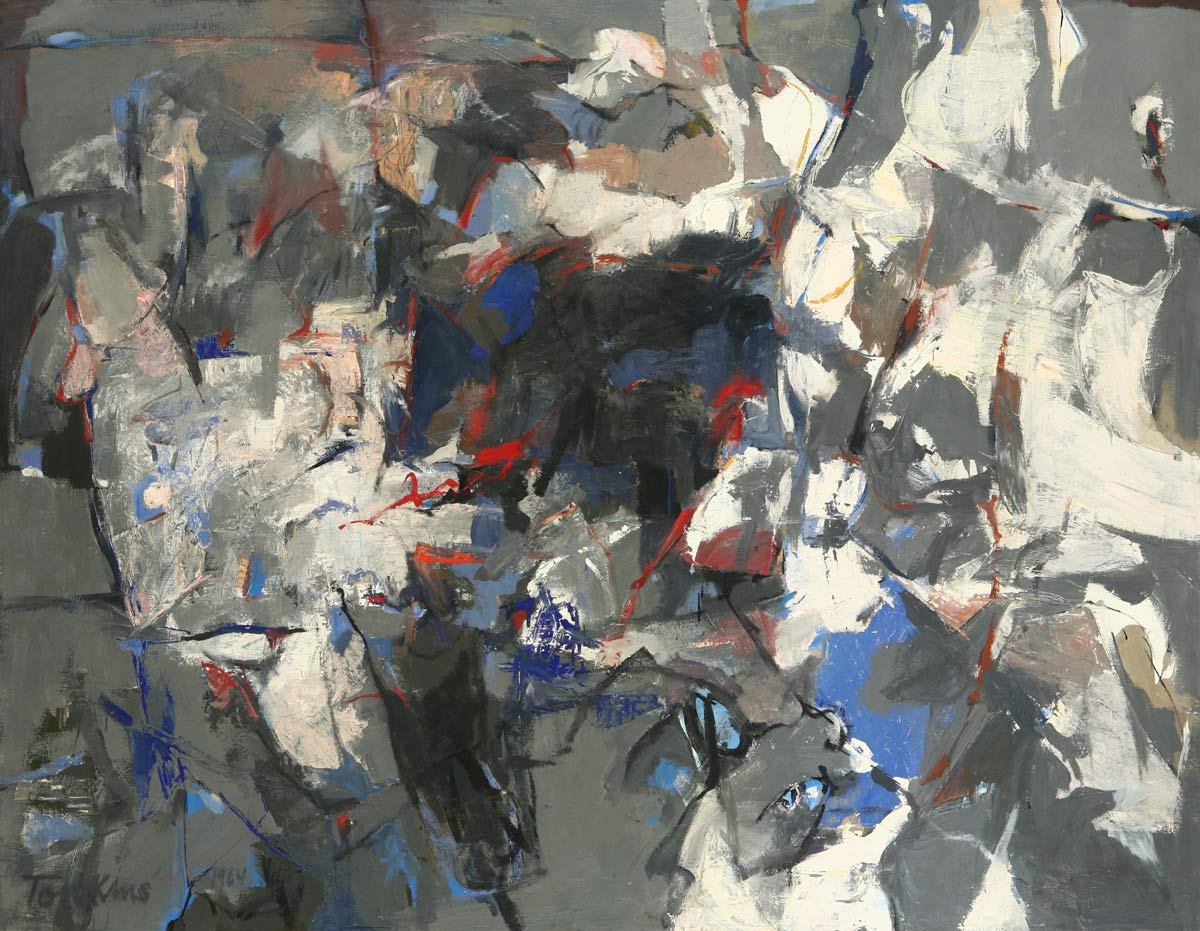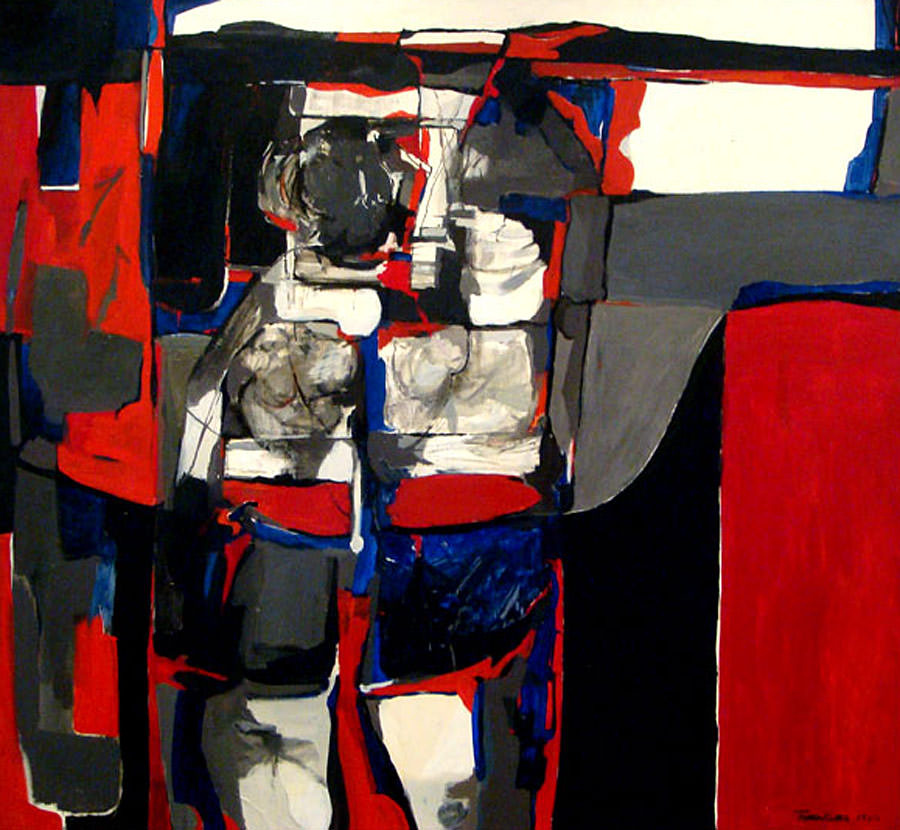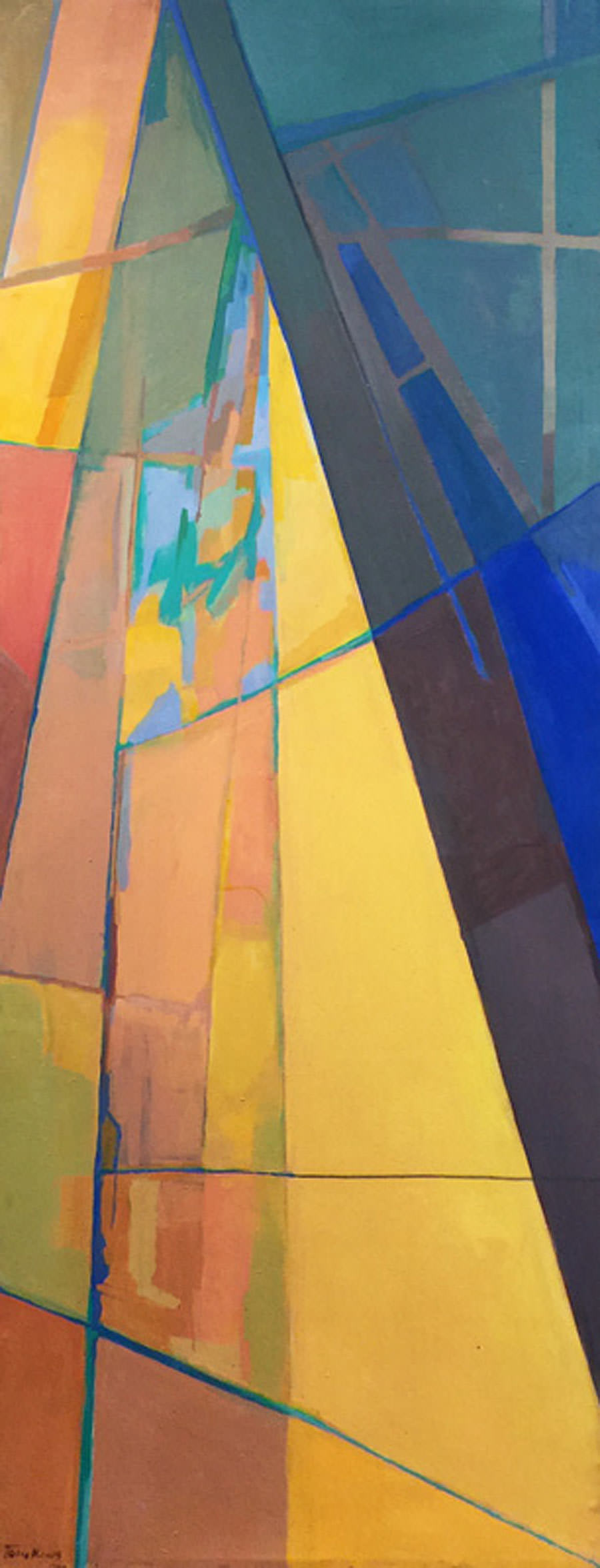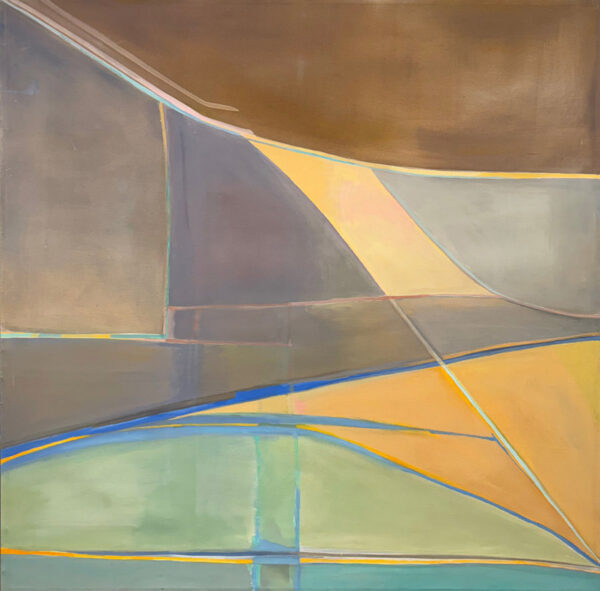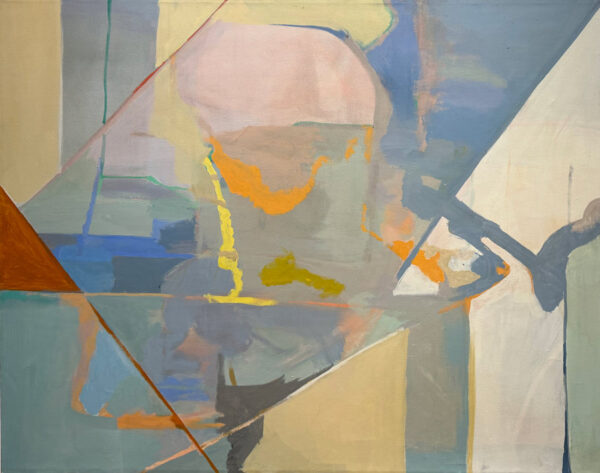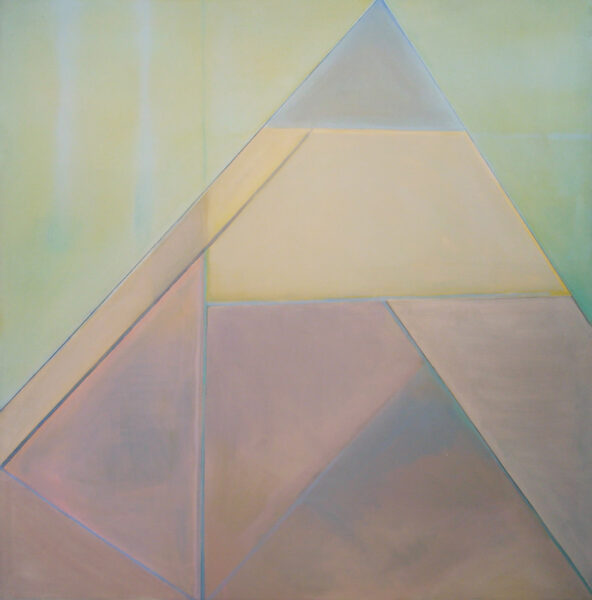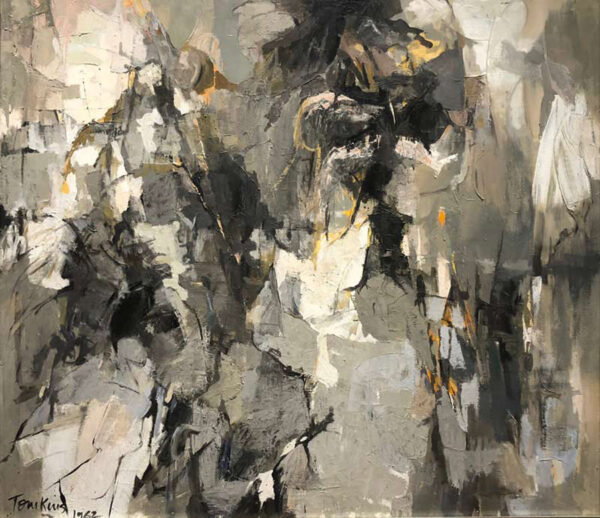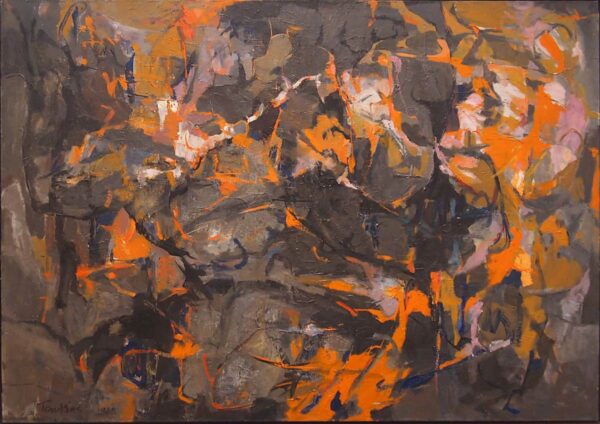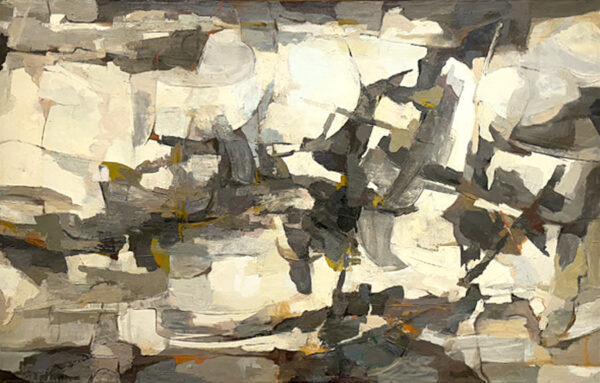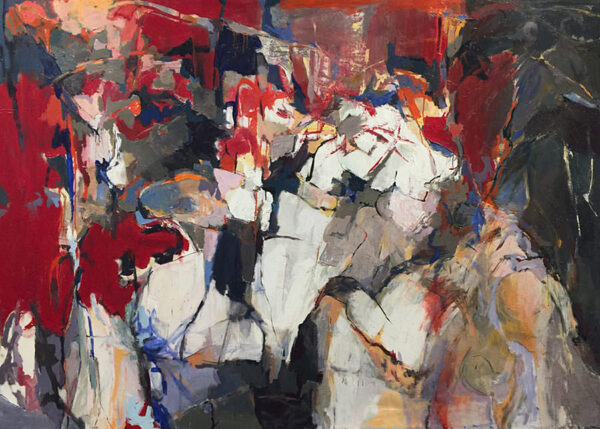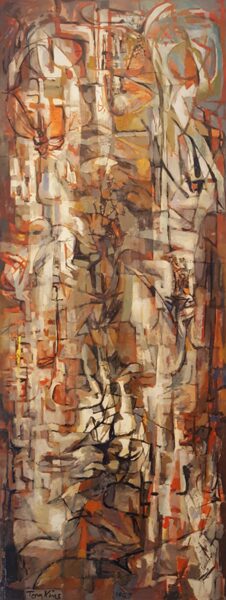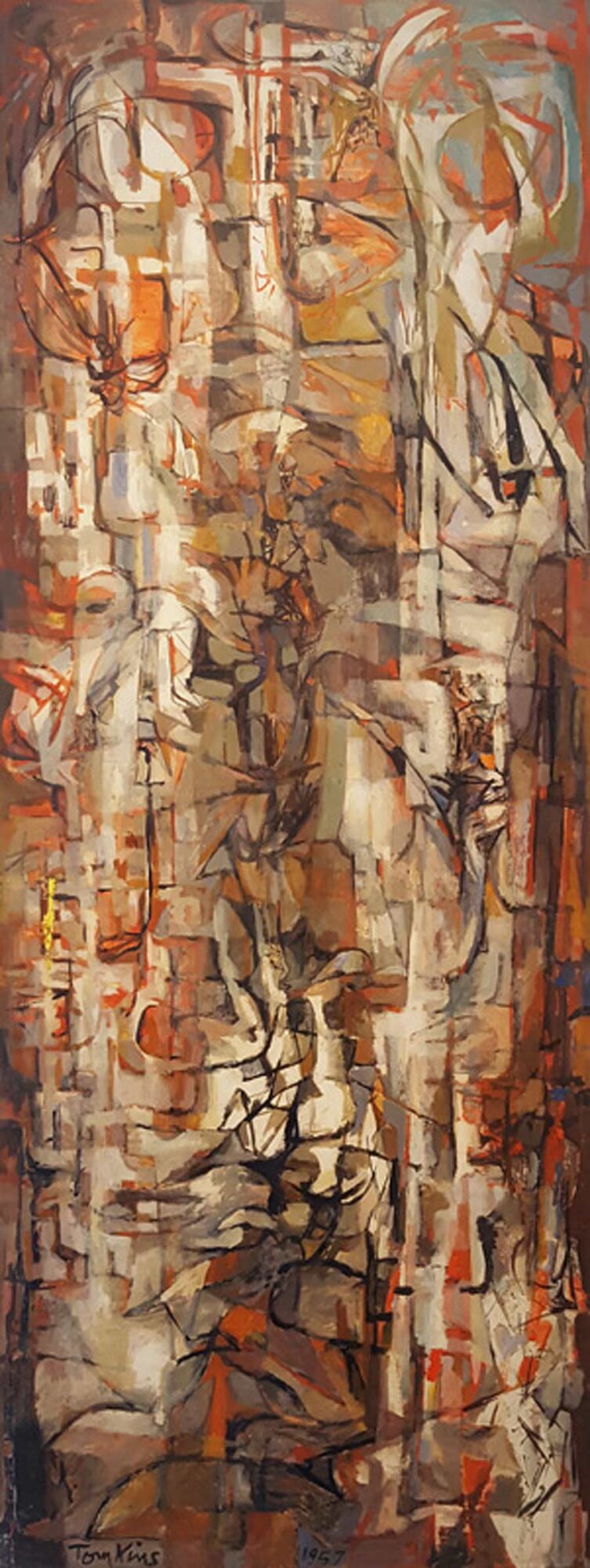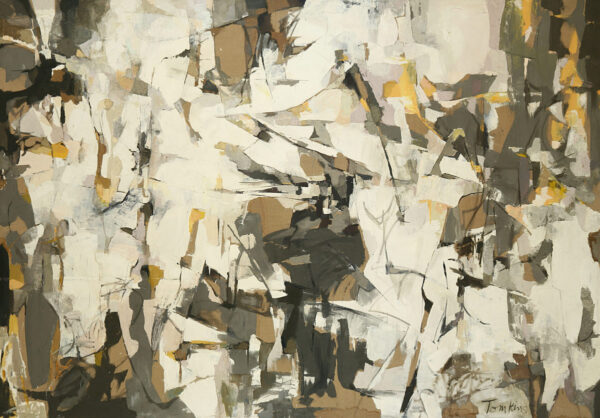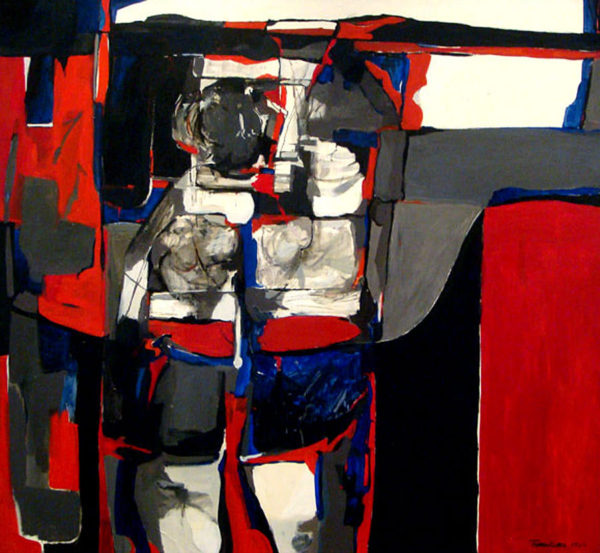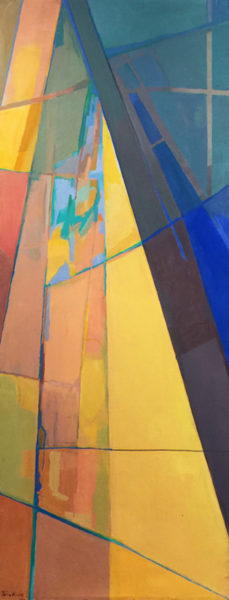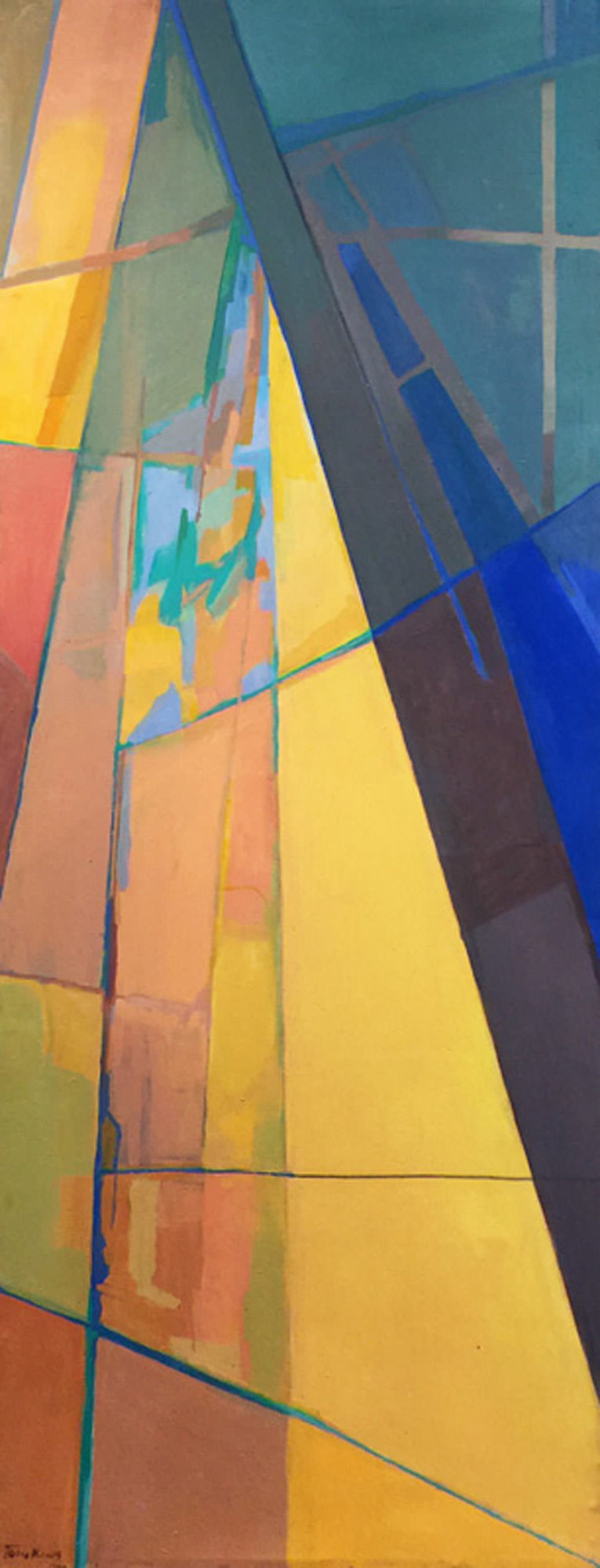About Margaret Tomkins
“Each Day the sun gets up and, then crashes into the sea. It creates a space for anything to be done. So, I do it – painting.” – Margaret Tomkins
Over her lifetime, Margaret Tomkins (1916-2002) remained an influential presence in the Pacific Northwest while earning and occupying an important role as a significant American Abstract painter.
She was born in Los Angeles in 1916 and received her M.F.A. at the University of Southern California and became an Assistant Professor of Art at the University of Washington. Later marrying painter and sculptor James FitzGerald.
Margaret Tomkins was an abstract painter whose work reflected her environment, social concerns of the time and her personal experiences both aboard and locally.
Throughout her career she was interested in layering and patterns, whether created by organic forms as in her earliest works or by the abstract shapes she worked with from the 1950s on.
Transformation and metamorphosis also were common themes, with forms shape-shifting across her canvases, twisting and intertwining with or obscuring each other. Tomkins primarily used a limited palette of grays, whites, and earth tones, with occasional flashes of red, blue, and yellow.
She developed an intricate symbolic language to express social and environmental concerns or reflect on personal experiences.
Margaret Tomkins, over the years, has been included in important exhibitions at the Metropolitan Museum of Art, New York, the Museum of Modern Art, San Francisco, the Whitney Museum of American Art, New York, the Art Institute of Chicago, the Seattle Art Museum, the Portland Art Museum, to name a few.
